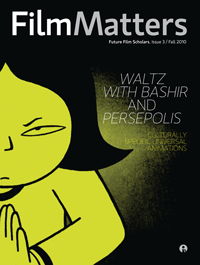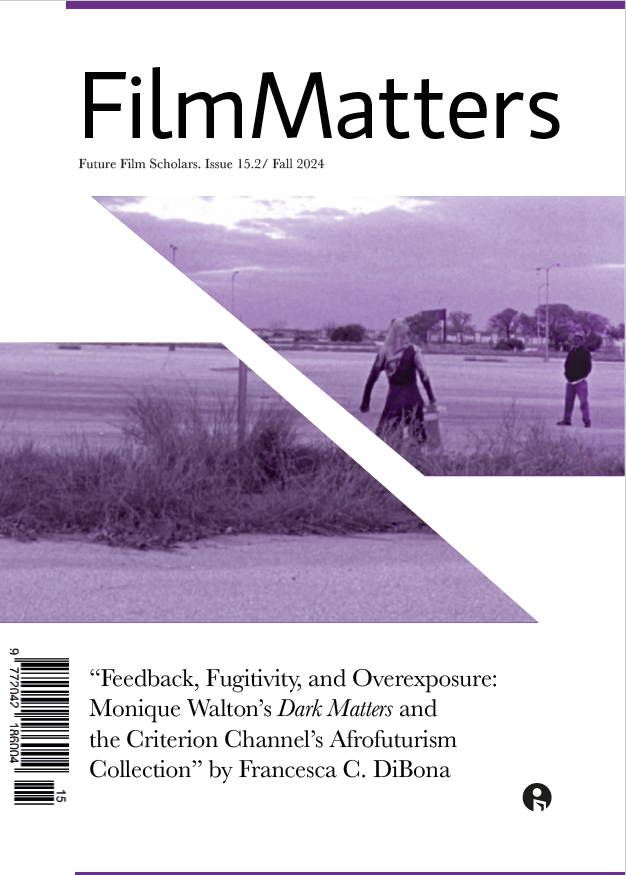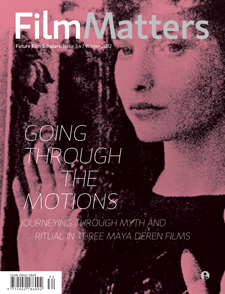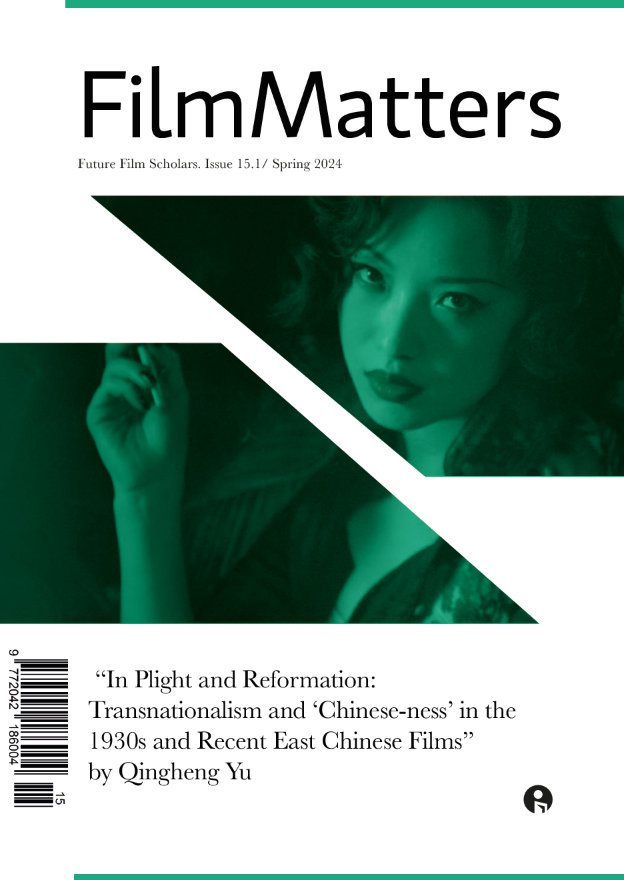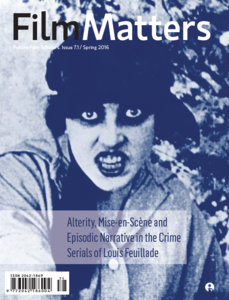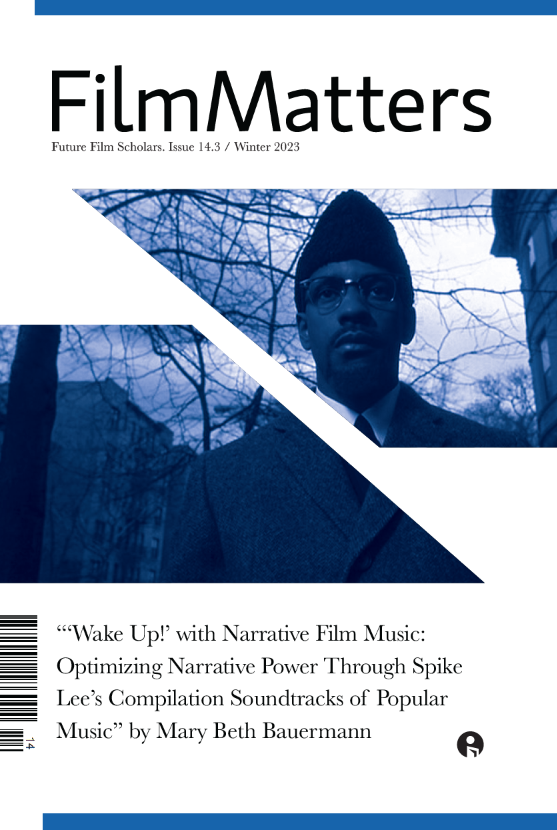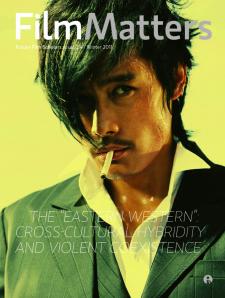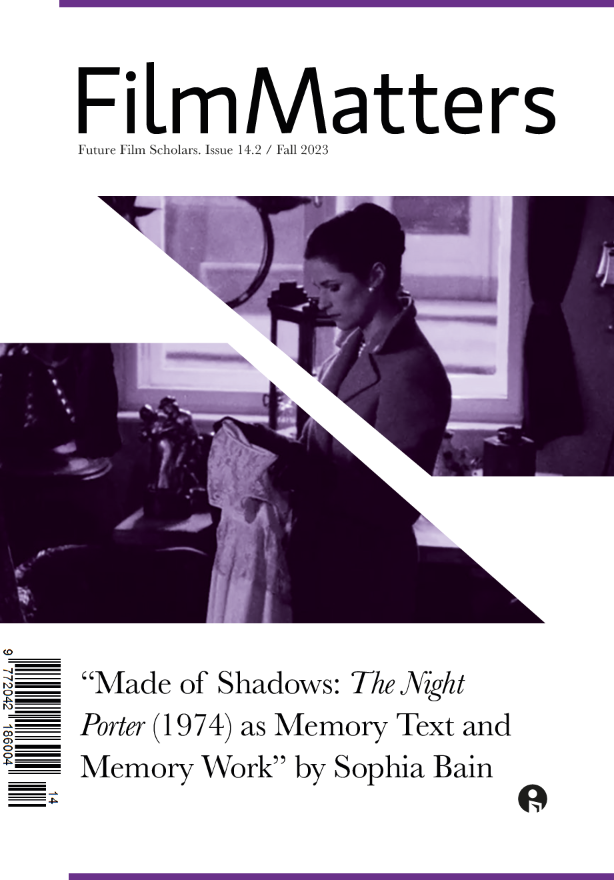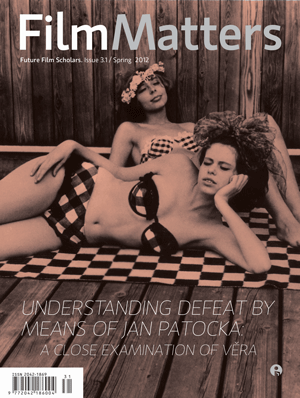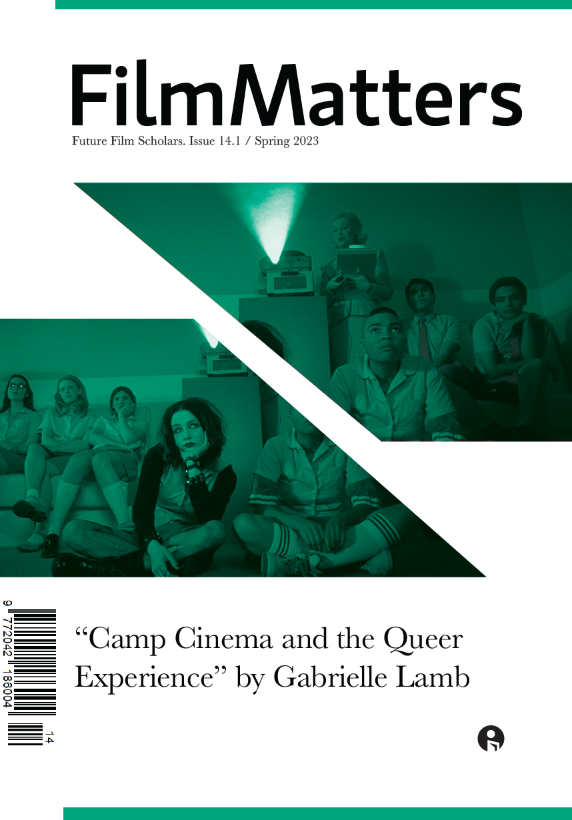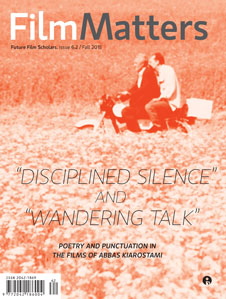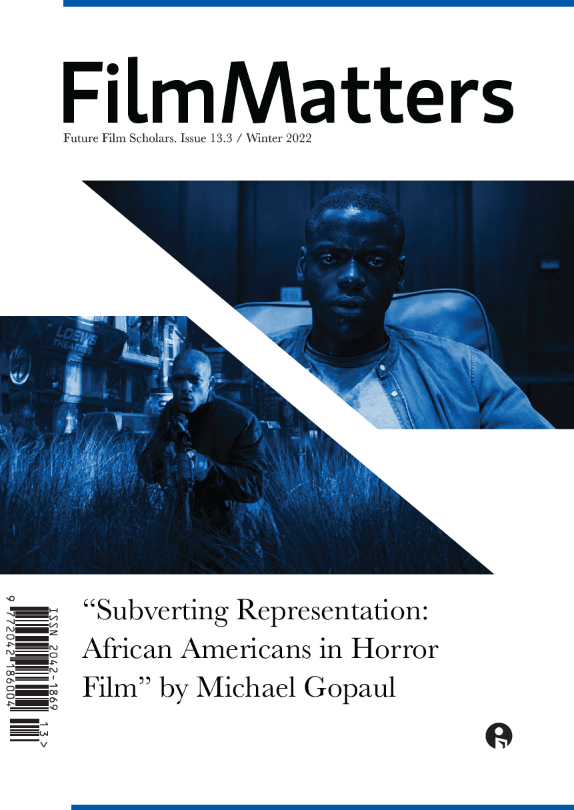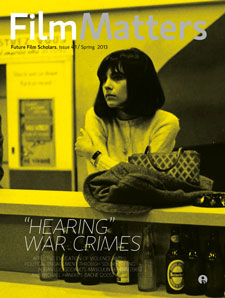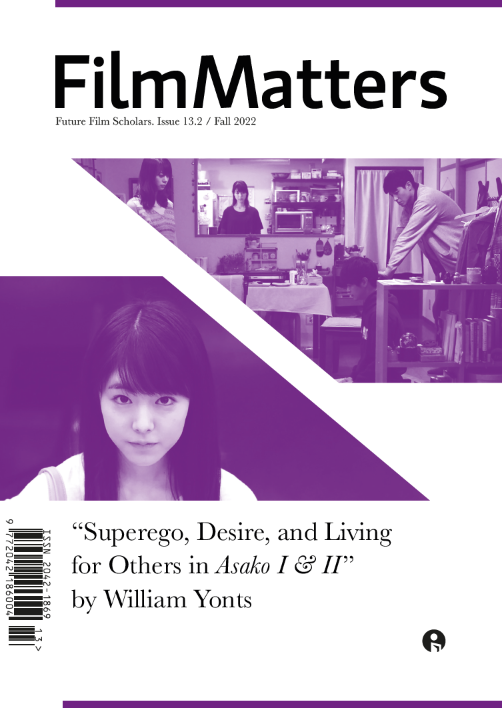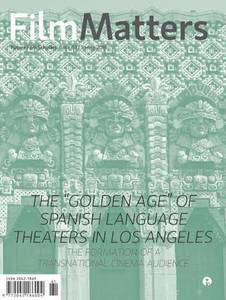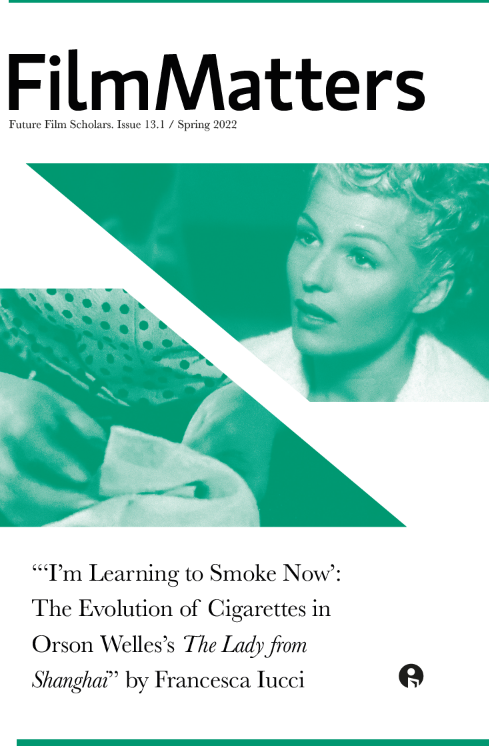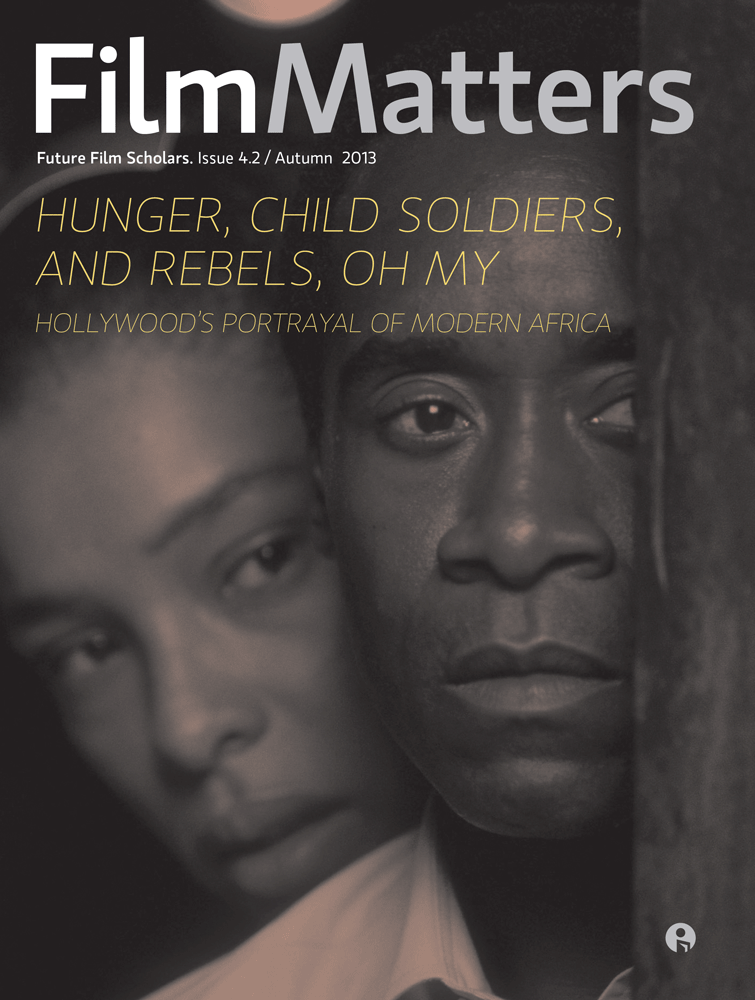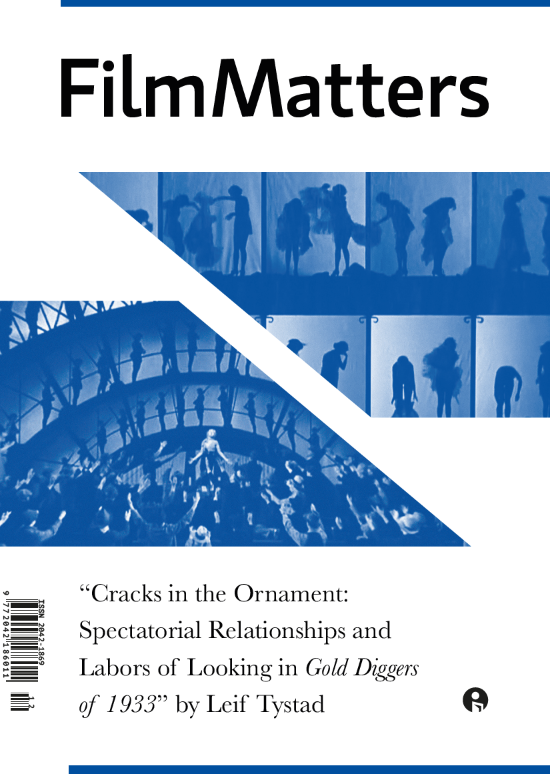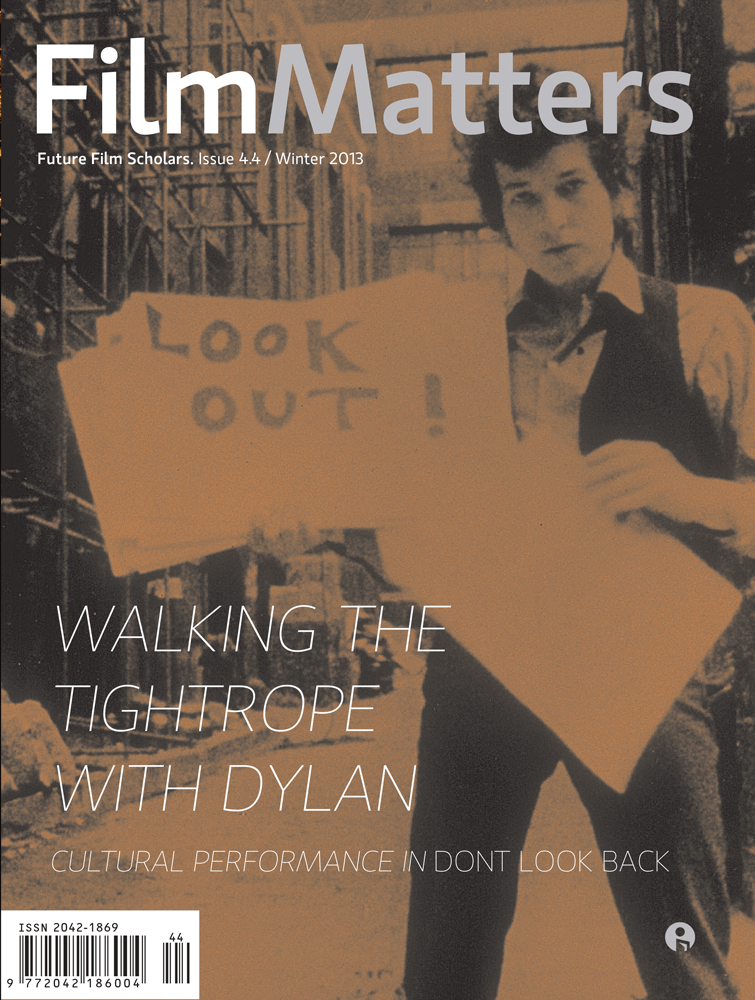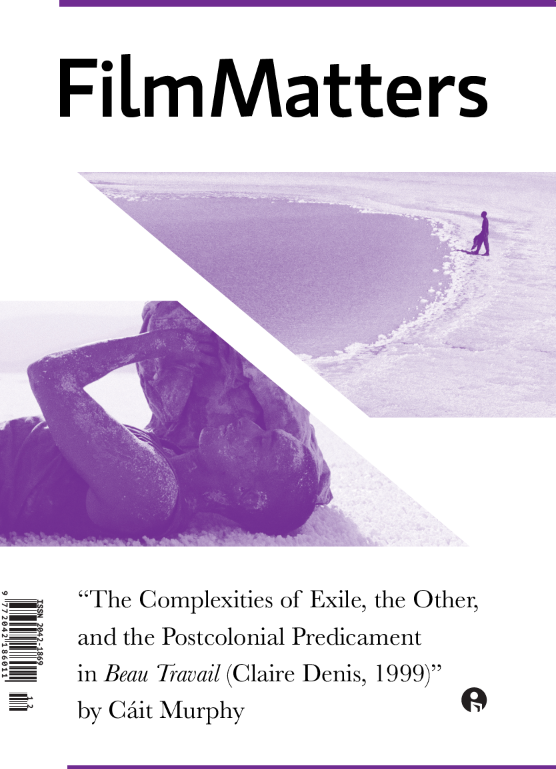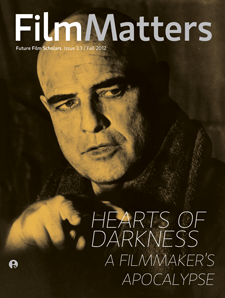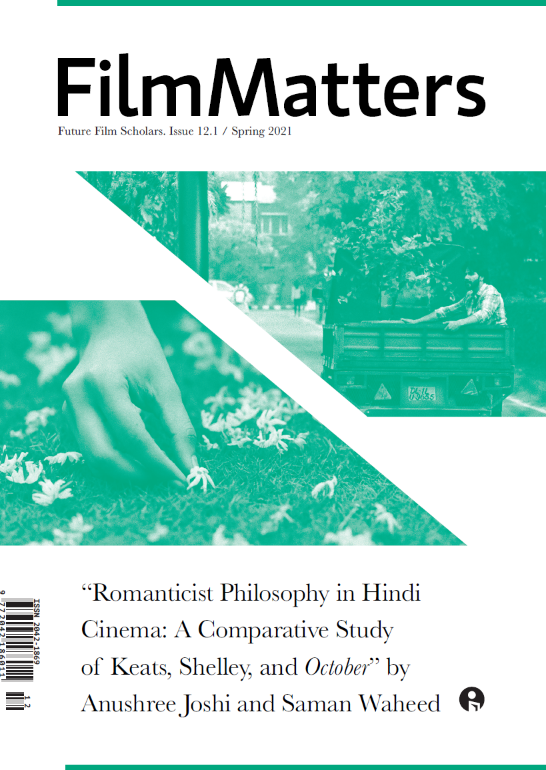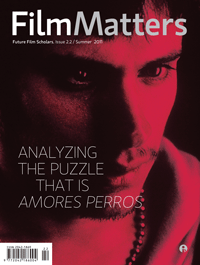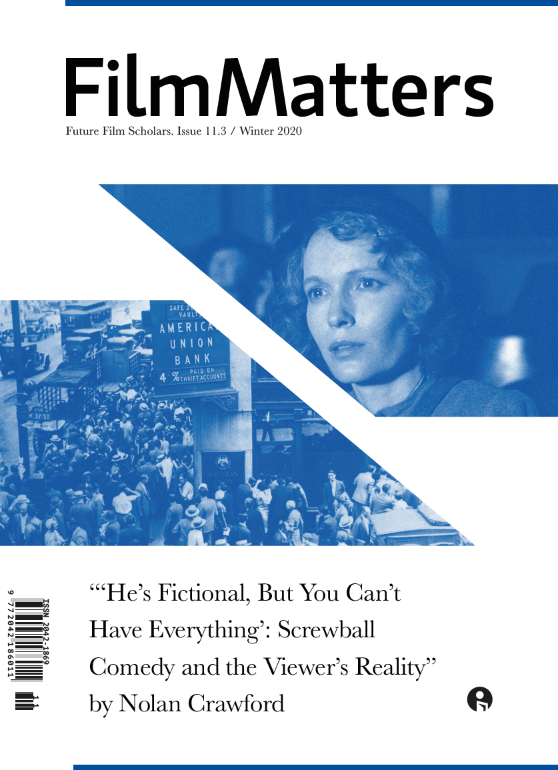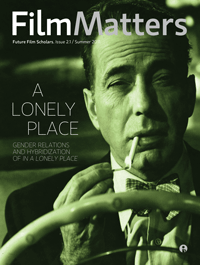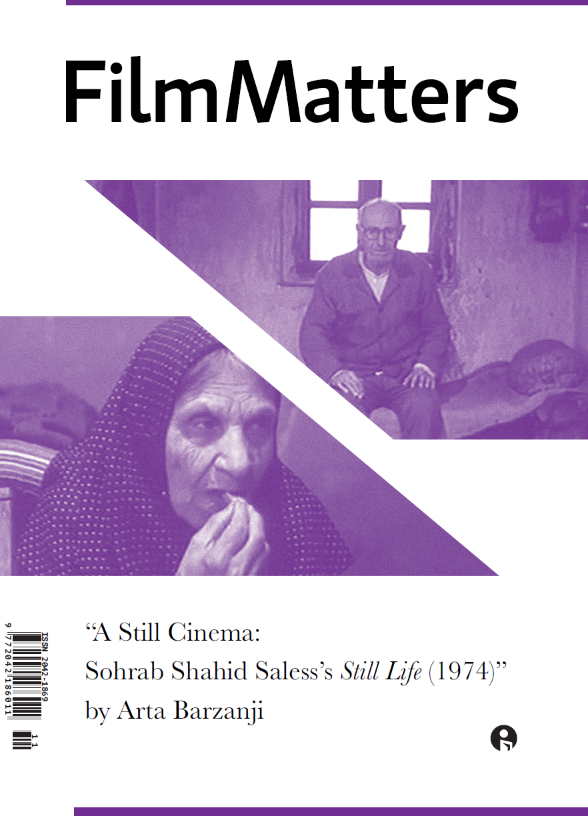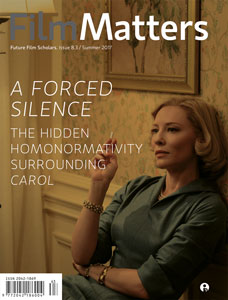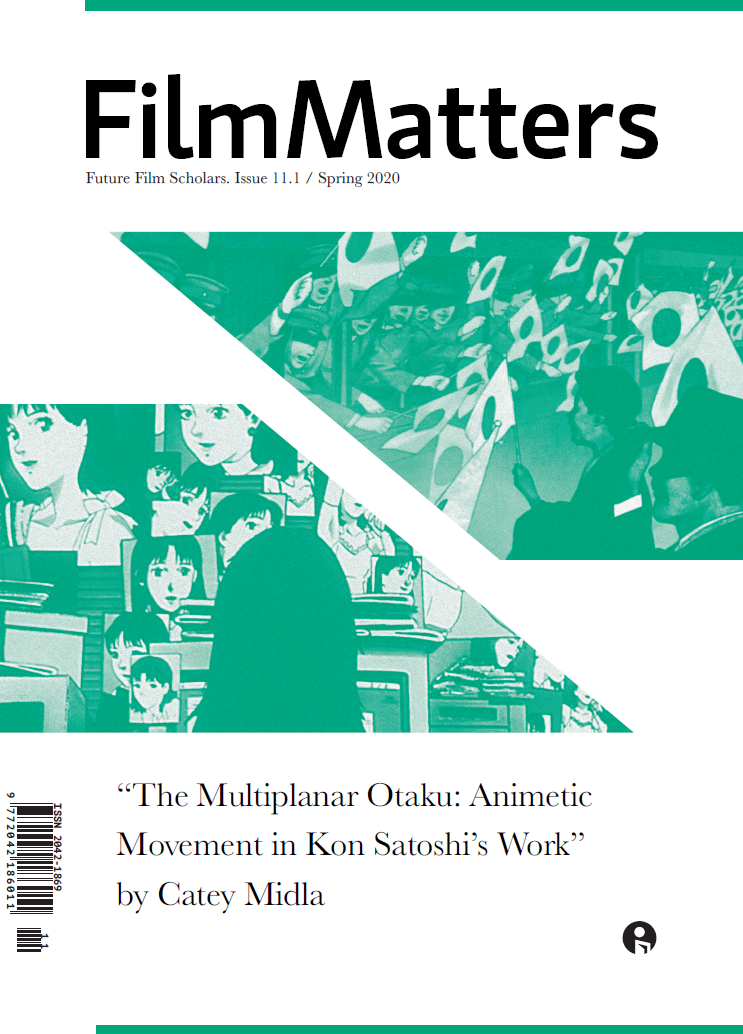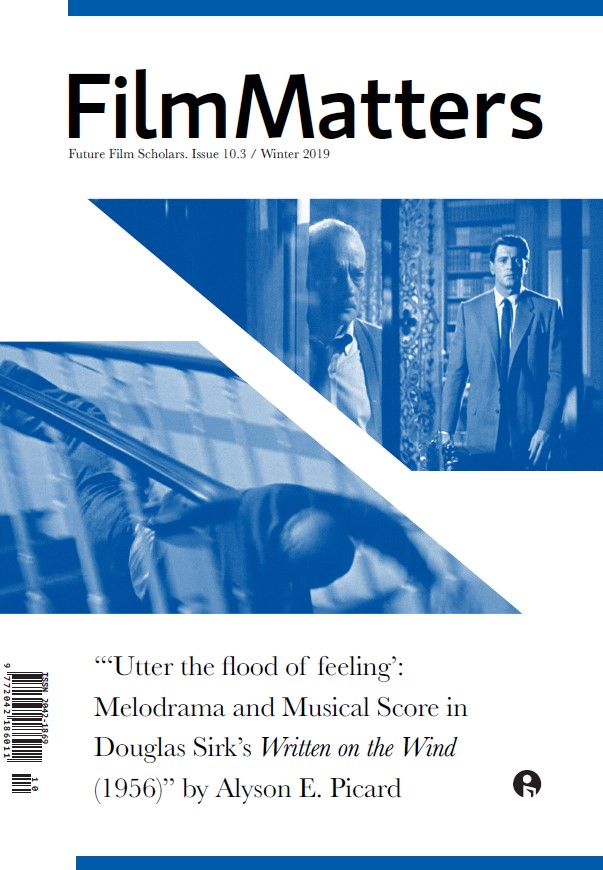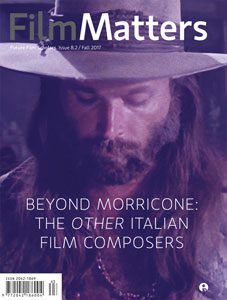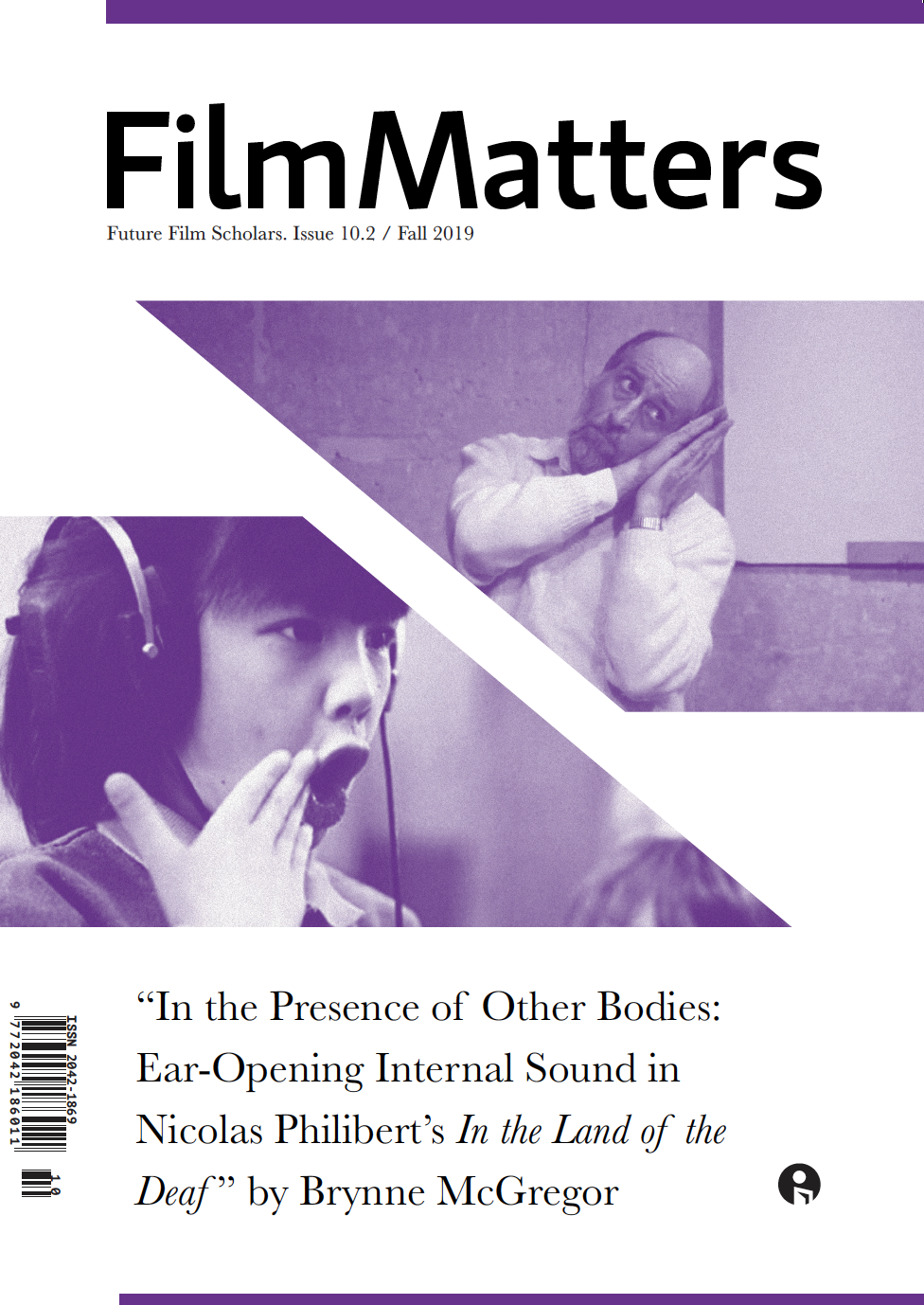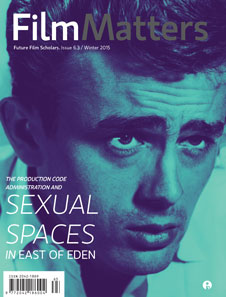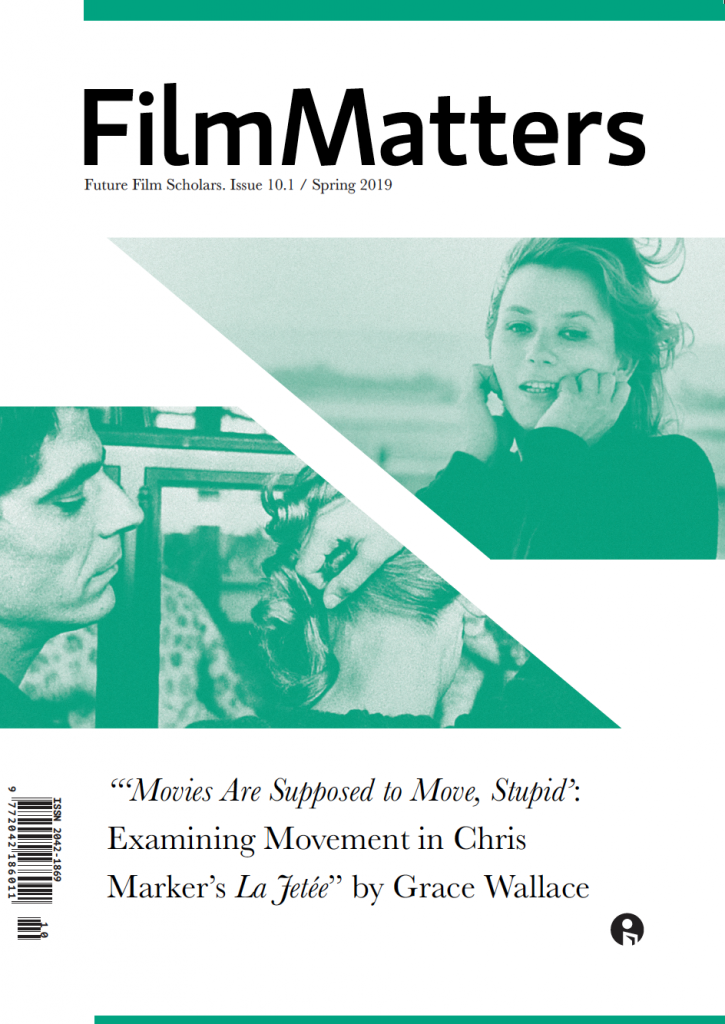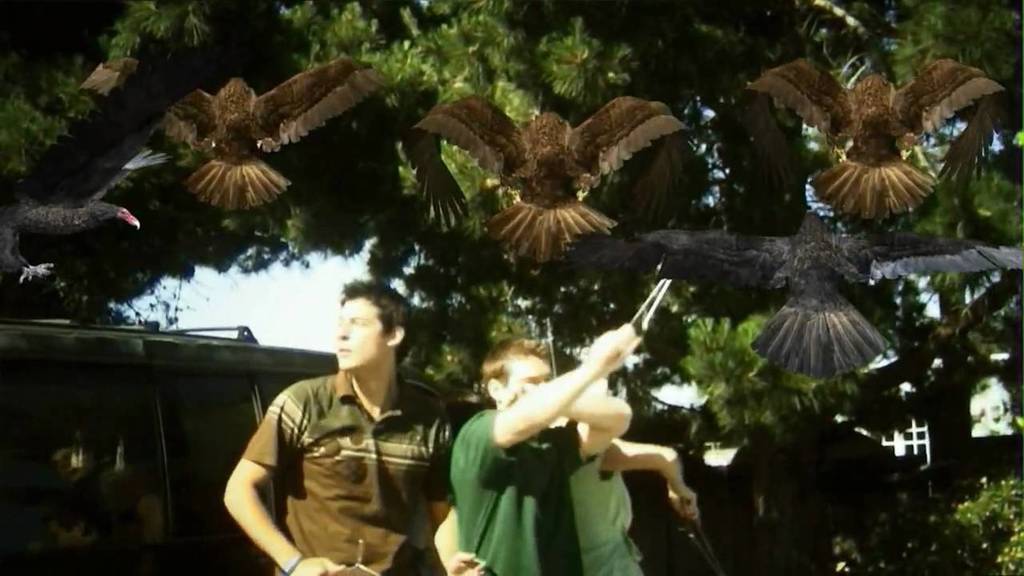
Film Matters: Please tell us about your article that is being published in Film Matters.
Aidan O’Malley: My article explores the rise of “cringe culture” on the internet and applies the ironic viewing practices of movies considered “so bad, they’re good” to an emerging twenty-first-century canon, which I’ve taken to calling “cringe cinema.”
FM: What research and/or methodologies do you incorporate in your article?
AO: My article is deeply owing to existing research by media scholars, namely Jeffrey Sconce, Susan Sontag, Melissa Dahl, and Henry Jenkins. Their essential works on historical badfilm, contemporary cringe, and internet convergence were foundational as I advanced a new cinematic movement. I have also relied on cringe cinema itself to act as my primary documents, sourced from social media, online forums, and “cringe communities.” Finally, I consulted contemporaneous press coverage.
FM: Describe the original context for/when writing this article while an undergraduate student.
AO: This article was written as part of the senior thesis program at the University of Notre Dame, where students can produce an original work of art or scholarship. I spent a year researching, writing, and editing this paper with my advisor, Dr. Ted Barron.
FM: What does your writing process look like?
AO: I like to write in order. I always start with my introduction, as I find it helps me narrow my focus and get to the heart of the subject matter. For this paper, I didn’t start writing until after about ten weeks of research and outlines. Even then, new research was constantly conducted. As with a film, I also think my writing really comes together in the edit.
FM: How have your personal experiences shaped and influenced your writing?
AO: The go-to pastime of my friends from high school was to scroll the bowels of Netflix in search of what we called a “funny-bad” film (there was not much else to do). Admittedly, we still enjoy this. Why? This article started as self-interrogation, but became a new history and semi-genre study when I failed to find existing scholarship on the movies that we were watching.
FM: What are your methods for finding diverse and relevant sources?
AO: I find it helpful to look beyond the walls of academia to supplement my writing with more diverse sources. But diversity, with respect to sources, can come not merely from author demographics, but also a diversity of viewpoint, publication, and media type (scholarship, journalism, social media, and the films themselves).
FM: Why is including marginalized voices in research important to you?
AO: I think citing the perspectives of underrepresented groups is not only conscientious, but academically rigorous, as it works to prevent your own biases from obscuring a complete understanding of your topic. In this case, including marginalized voices was especially important; as Wesley Morris writes, badfilm is a historically “queer, female, colored zone.”
FM: What aspects of the writing process were most challenging? Why?
AO: The most challenging part of the process was the fact that there was nearly no existing writing on these films. Studying the methodologies of other scholars, however, and applying their approaches to my subject, helped me overcome this early obstacle.
FM: What’s a resistance point you hit in your writing, and how did you move past it?
AO: Given the general lack of scholarship on cringe (and especially cringe cinema), I had to work to convince early readers that this was a real collection of films that warranted analysis. Supplementing my work with historical scholarship once again proved helpful, but so did sharing my research with peers, whose innate recognition of “cringe” convinced my professors that this topic was not just real, but generational.
FM: What do you enjoy most about your article?
AO: Talking about the movies themselves — they’re funny! This is a funny topic!
FM: How has the Film Matters editorial and publication process impacted the development/evolution of your article?
AO: Film Matters has emphasized the importance of citation ethics throughout the publication process, as evidenced by some of the questions above. This ensured that my article considered all perspectives. It even led to the inclusion of a brand-new reference!
FM: What audience do you hope to reach with your Film Matters article and/or what impact do you hope it has on the field of film studies?
AO: For younger readers, I hope that they recognize what I’m writing about and develop a framework for identifying cringe in the future. For older readers, I hope this article introduces them to a new viewing practice and helps to canonize this movement.
FM: How has your department and/or institution supported your work in film and media?
AO: The Department of Film, Television, and Theatre (FTT) at Notre Dame provided me with tools for academic writing and introduced me to an array of scholars and a world of films I had never considered. It also, crucially, gave me the confidence to stick with film and recognize in myself what I can contribute to this field.
FM: How has your faculty mentor fostered your advancement as a film scholar?
AO: Prof. Barron bought in to the surreality of my topic with ease, enduring all kinds of torturous media with enthusiasm and a sense of humor. He provided invaluable historical and theoretical perspectives to the work, pointing me in the direction of many of the sources I make use of in the final draft. Thanks, Ted!
FM: What advice do you have for undergraduate film and media scholars?
AO: Write about what you would want to read about! You will like the process more, and your voice will shine through. Film is such a fun discipline — the worst you could do is make it boring!
FM: What are your future plans?
AO: I am hoping to pursue graduate studies in film and will be deep in the trenches of the application process by the time this interview is published. Prayers in the chat!
Author Biography
Aidan O’Malley graduated from the University of Notre Dame in May 2023 with a Bachelor of Arts concentrated in film, with minors in journalism and marketing. He is originally from the Chicagoland area and hopes to pursue graduate studies in film.

